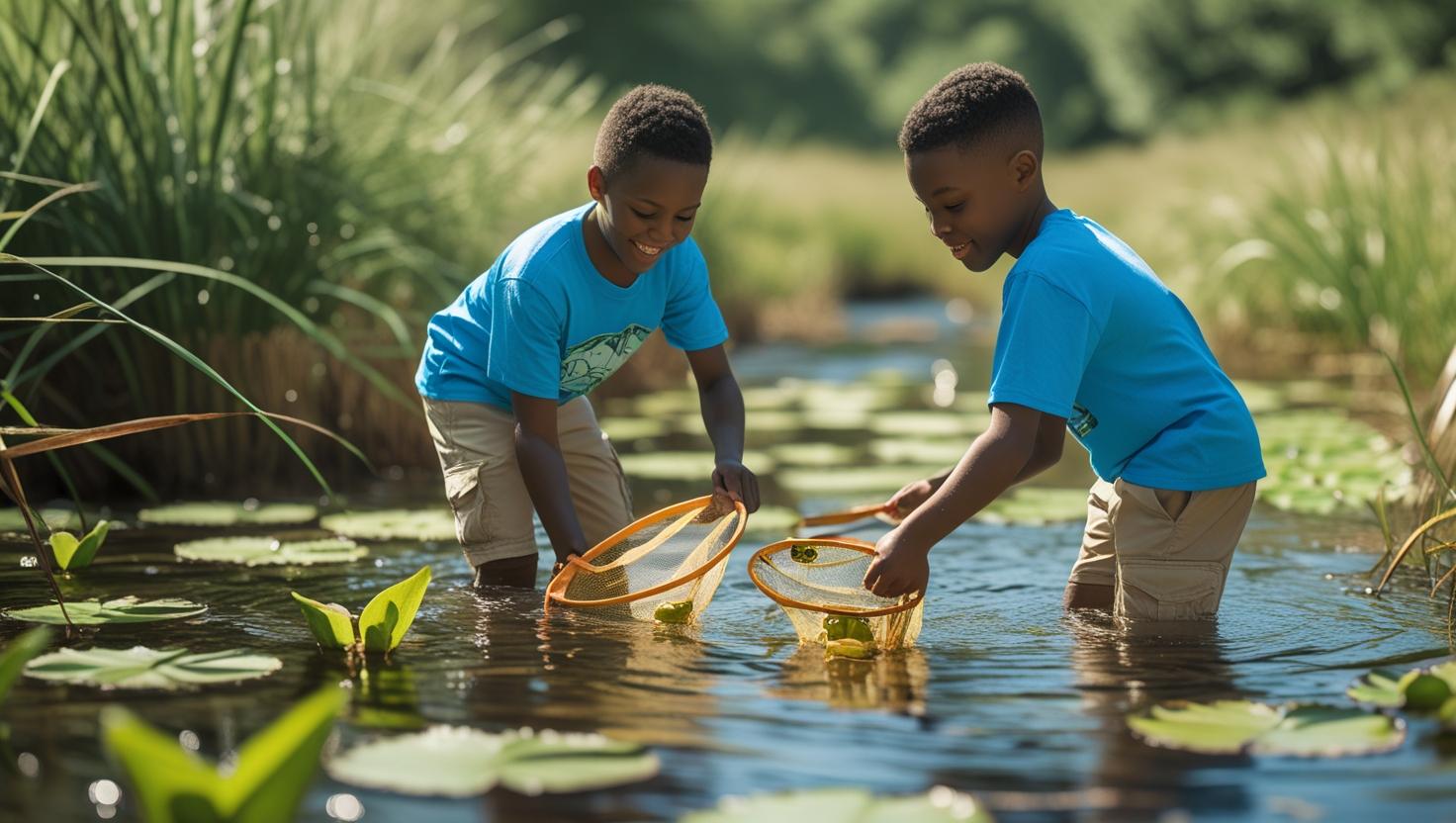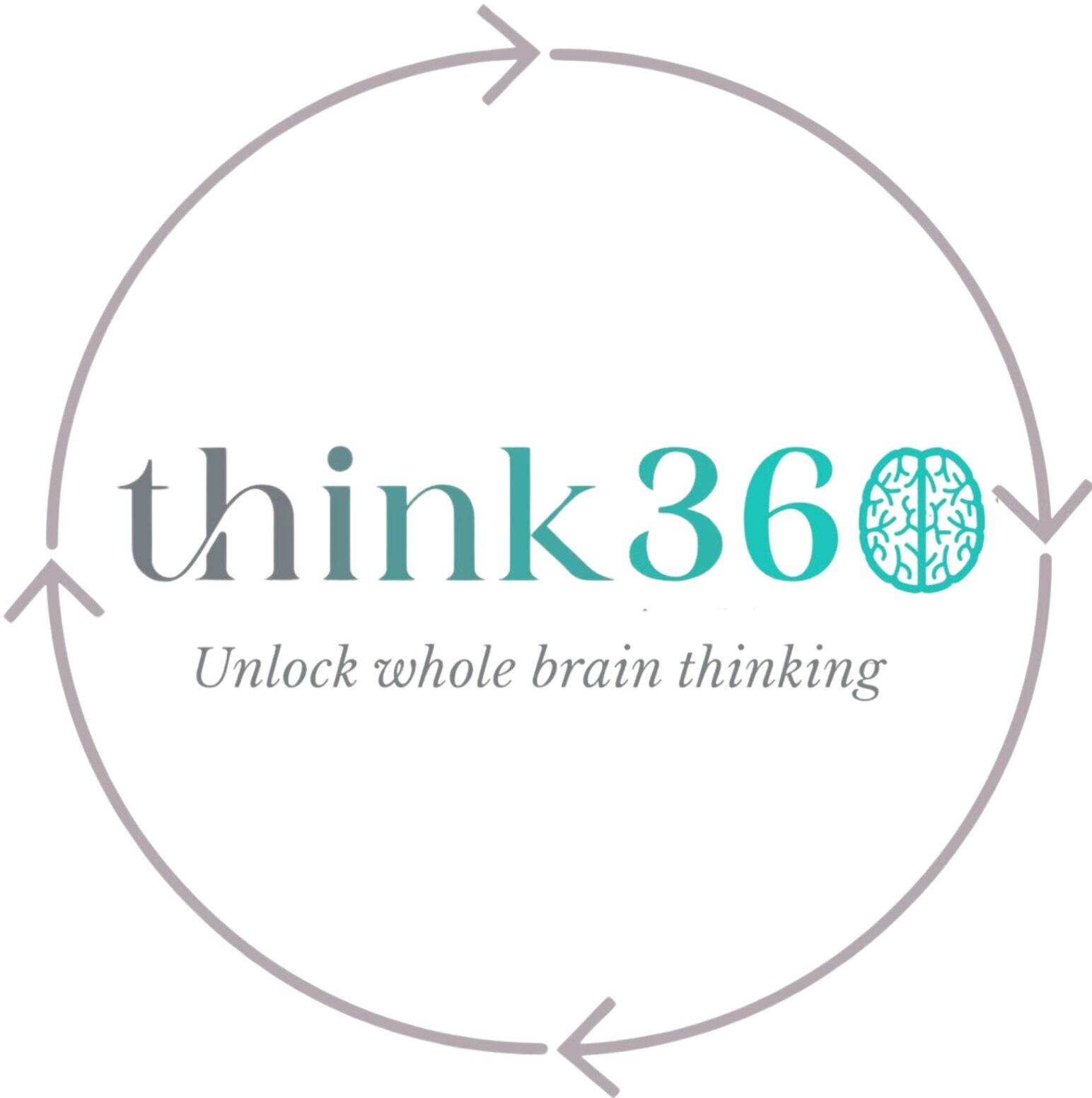Summer has meant a time for reading. Livewired: The Inside Story of the Ever-Changing Brain (David Eagleman) had me captivated in the first chapter.
Humans have around 20,000 genes, and yet our brains are incredibly complex, shaped not just by biology but by our experiences throughout our lives. This blend of nature and nurture lies at the heart of how we learn, grow, and develop.
The tragic story of seven-year-old Danielle Crockett, who was discovered living in absolute squalor, so revolting that the officers who found her vomited when they entered her room, has stayed with me. She was wearing a nappy, could not speak or communicate, could not feed herself, and could not use a toilet. Danielle was kept in a dark closet most of her life, had never received any physical affection, and had never been outdoors. She had missed the vital opportunity for a stimulating, loving childhood that would have allowed her to develop basic skills. Psychologists could not find severe genetic issues, although later it appeared she presented with autism. This story has personally affected me. I went on to read more about what happened to her and, despite being safe and cared for by a loving family, Danielle sadly could not close the gaps created by her neglected childhood.
Her life story reminded me how Danielle’s circumstances highlight the work of two renowned developmental theorists: Jean Piaget and Lev Vygotsky.
Genes may provide the basic blueprint for our brain’s structure and potential, but they don’t dictate every thought, behaviour, or ability. Our brains are remarkably plastic, meaning they adapt and rewire in response to what we do, see, feel, and learn. In fact, the environments we live in, the relationships we form, and the challenges we face all influence how our brains grow and develop over time. This interaction between our genetic foundation and lived experiences is what modern neuroscience continues to uncover and celebrate.
Jean Piaget’s theory emphasises that cognitive development happens in a series of stages. He believed that while these stages are biologically influenced, unfolding in a particular order as the child matures, true learning happens when children interact with their environment. Piaget viewed children as little scientists, actively exploring and experimenting to make sense of the world around them. Hence, the important focus on the benefits of learning through play and exploration. In this way, genes set the timeline for development, but the child’s environment plays a crucial role in activating and advancing growth. Conversely, a lack of stimulating experiences and a safe, loving home environment, as in Danielle’s case, is detrimental to development.
Similarly, Lev Vygotsky placed a strong emphasis on social interaction. He proposed that learning is not just an individual pursuit but a collaborative one, deeply rooted in culture and communication. Through his concept of the Zone of Proximal Development, Vygotsky showed that children often learn best when supported by someone more knowledgeable, whether it’s a parent, teacher, or peer. This scaffolding helps bridge the gap between what a child can do alone and what they can achieve with guidance. Vygotsky’s theory therefore aligns with the idea that the brain is shaped by experience, particularly the kind that comes through meaningful connection with others through communication and cultural participation.
When we bring both theories together, it becomes clear: our 20,000 genes may provide the potential, but it is our experiences, whether through exploration or relationships, that sculpt our minds. In essence, Piaget gives us the structure, Vygotsky brings in the human connection, and both help explain the incredible journey of how we develop into thinking, learning individuals. I can’t help but wonder what Danielle would be like today if her circumstances had been different.
Curious about how your own brain is wired? I use the NBI brain profiling tool to help children, teens, and adults discover their unique thinking preferences, giving deeper insight into how you learn, relate, communicate, solve problems, and grow. When you understand how your brain prefers to think, you can make better choices, improve relationships, and thrive both at school, at work, and at home.


